Cold Weather Horse Care
Winter is upon us once more and its just as freezing, dark and gloomy as ever. Although our winter conditions aren’t as harsh as some other countries...

With a solution-focused approach, we collaborate closely with clients and consultant teams to align on scope, time frames, design objectives, and cost. We’re committed to delivering a strong return on your investment. Are you interested in our work in the commercial and industrial sectors?

Our client, a vet and sheep farmer, needed a shearing shed and yard cover designed for efficiency and innovation. Partnering with our team, he collaborated with fit-out providers to create two custom steel structures tailored to his farm’s needs. His farm is now equipped for better working conditions and long-term success.

Providing Industry-Leading Steel Building Solutions
Central Steel Build, committed to innovation, quality, and customer satisfaction, has solidified its reputation as an industry leader. We're revolutionising agricultural structures, and transforming how farmers and producers approach building solutions. If you’re interested in our work in the agricultural sector, read the article to discover how we’re transforming building solutions.

Oritech combined office and warehouse
Oritech Pty Ltd partnered with us to build a modern office and warehouse facility in Mitchell Park, Victoria. The design featured innovative L-shaped tilt panels for both function and style. Using our Pro. building approach, we delivered a durable, cost-effective, high-quality solution. Seamless collaboration ensured the project was completed on time and within budget.
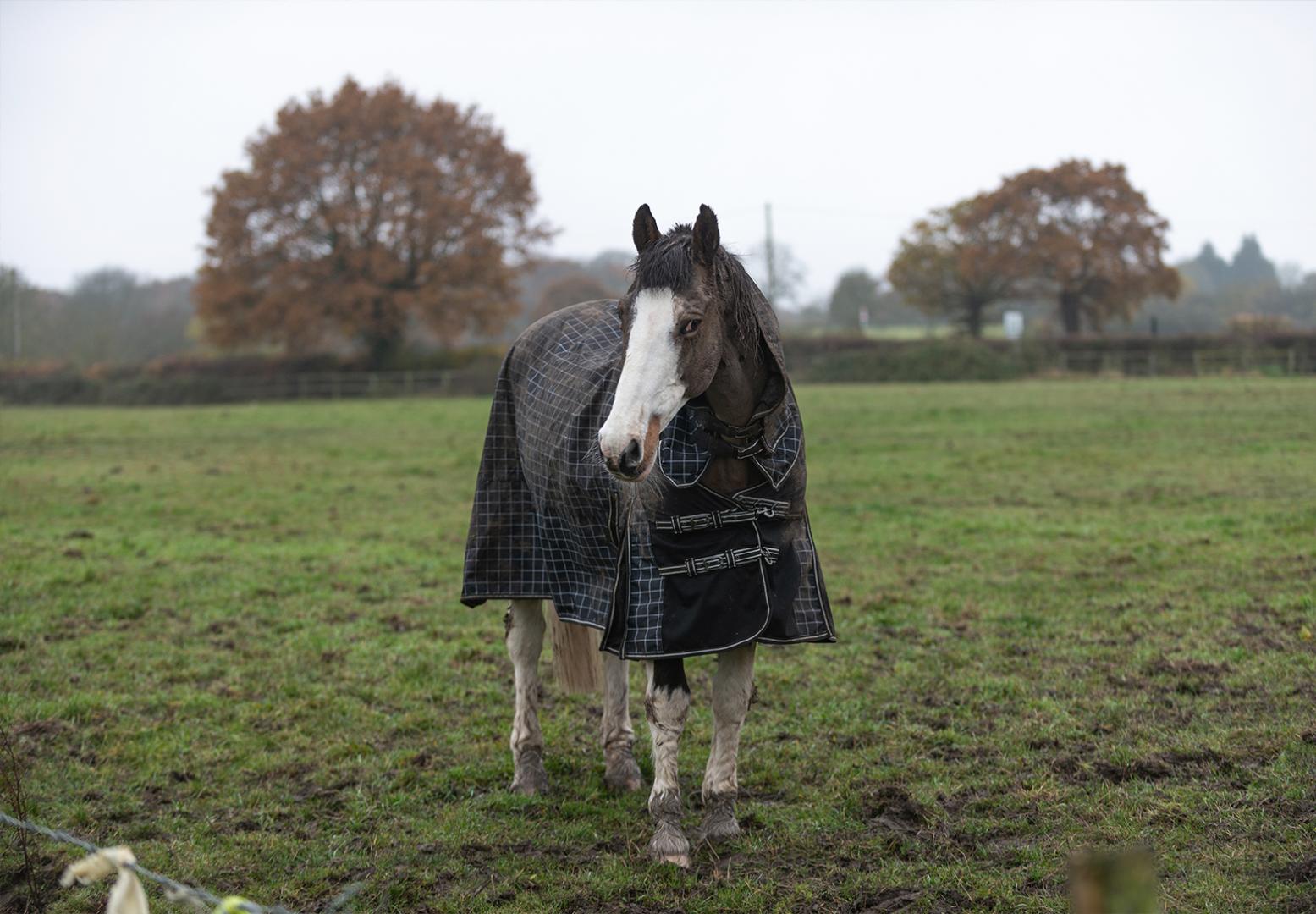
Caring for horses is a big job all year-round but in winter there are extra considerations to keep horses happy and healthy. Of course, all the usual horse care practices continue to apply but these tips focus on giving the best horse care through colder months.
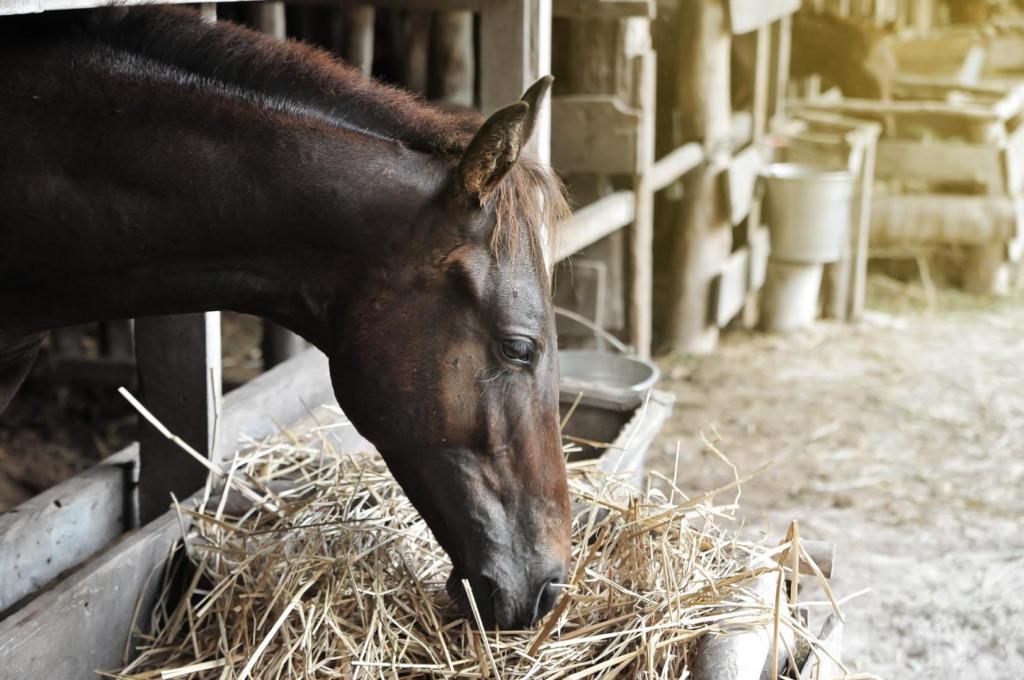
During cold weather your horse will burn more calories as the body works to keep him warm. Winter pastures generally lack nutrition so it is necessary to put more calories in his daily feed. Provide a generous amount of roughage in the form of digestible fibre like hay and chaff. Your horse will convert this into energy and therefore into heat to keep himself warm. Providing more food in winter helps horses to maintain their bodyweight and insulate themselves, however if your horse already carries extra weight be careful not to bulk him up. You can keep track of your horse’s weight regularly by using the body condition scoring system.
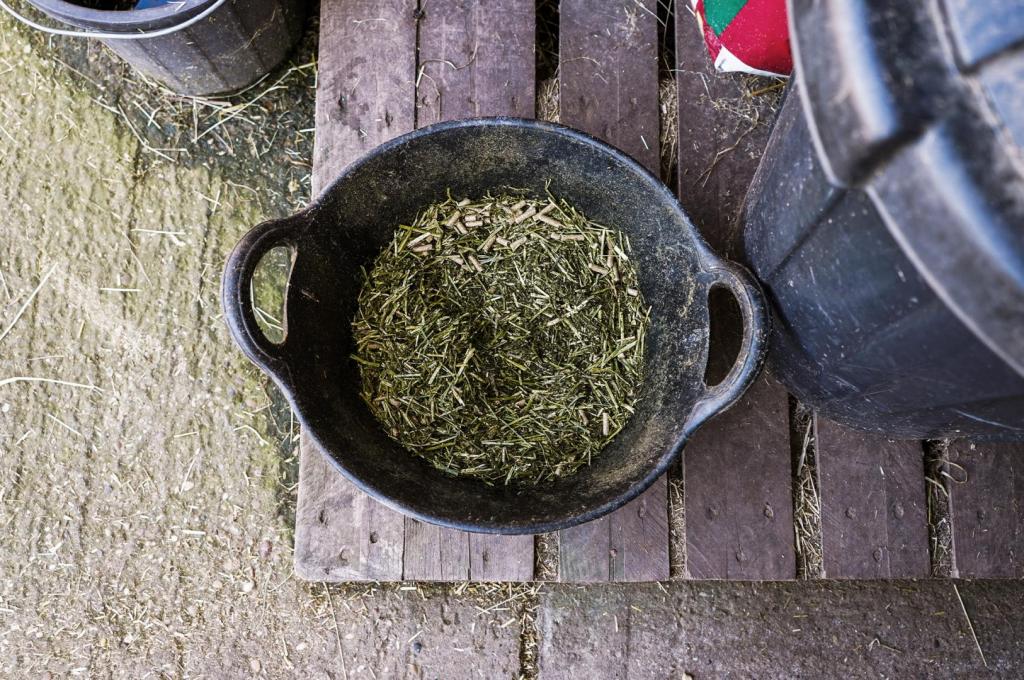
Giving your horse a nutritional boost through winter is important if they are is underweight. High quality supplements of vitamins and minerals can provide additional nutrients to help or you can use a concentrated feed that has vitamins and minerals already added.
Make sure you feed your horse at the recommended rates. It’s a good idea to chat with your vet to make sure you have the right balance for your horse’s requirements.
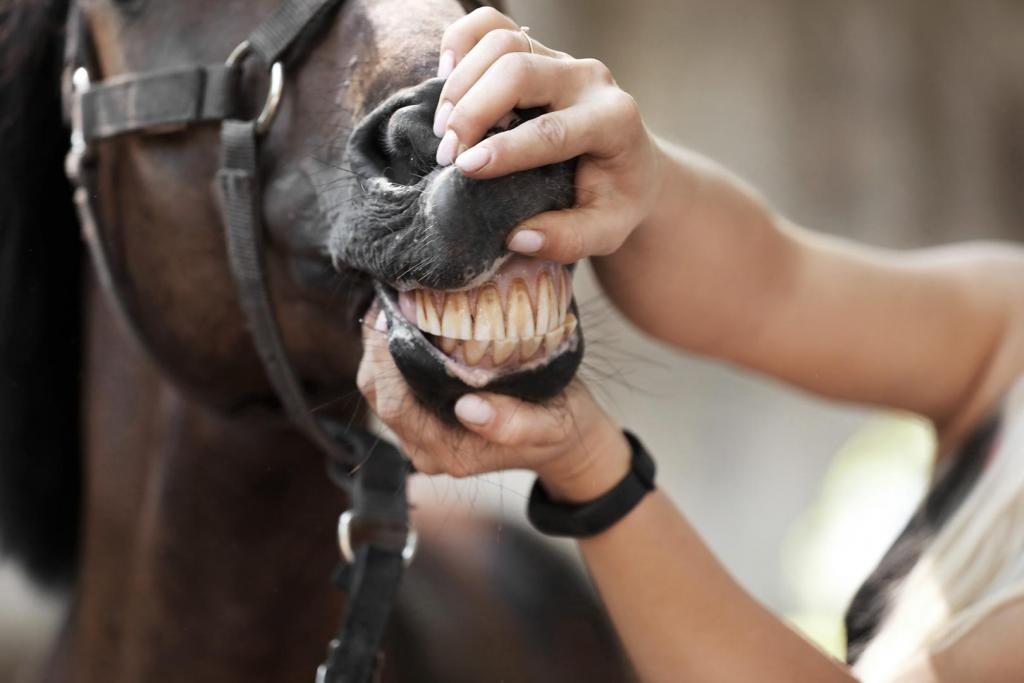
Ensure your horse’s dental examination and worming routine is up to date as horses with sharp teeth are unable to chew and process hay effectively. Parasitism is also likely to cause weight loss and can contribute to other health issues.
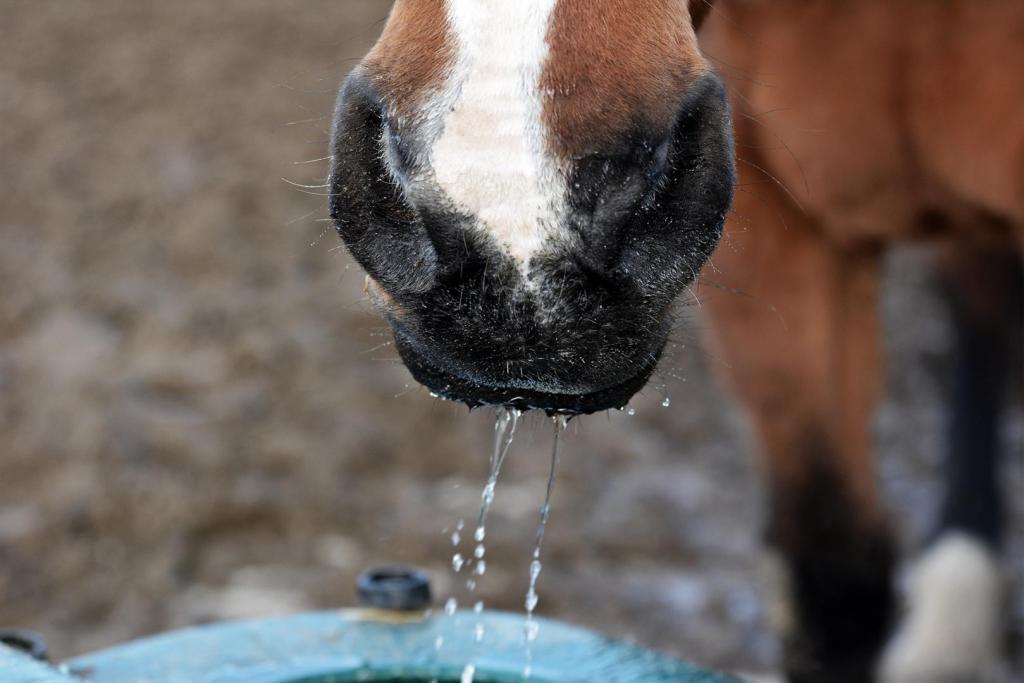
All horse owners know how important it is to keep their horses properly hydrated however, not everyone realises that in winter horses need extra hydration. This is mainly due to winter feed containing less than 15% moisture which is a lot less than pasture. If your horse is not hydrated sufficiently he may eat less and if his faecal material is too dry this can result in a blockage causing impaction colic. Ensure your horse’s water supply does not frost over in the mornings and if you really want to spoil them, keep the water slightly warm.
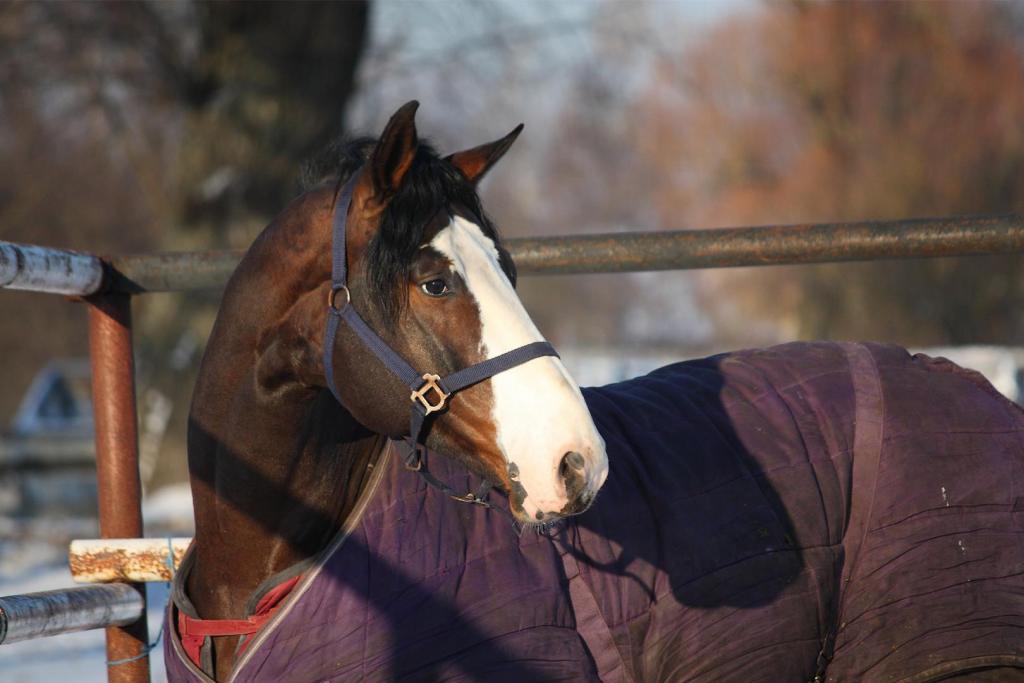
One of the most common questions is ‘when should I rug my horse?’ The answer to this question totally depends on your location and the condition of your horse.
If your horse is overweight a rug will assist in maintaining the excess fat so it may be best not to rug him. If your horse is within normal body fat measures a good quality rug can help your horse maintain condition. Keeping them warm and dry will ensure they’re not burning lots of extra calories.
If you do rug your horse, make sure you fit the blanket and check it at least twice a day to make sure straps are intact as slipped rugs can cause injury. Rugs need to be removed often to ensure they are not rubbing or letting in water. Leaky rugs create a perfect moist environment for skin infections such as rain scald.
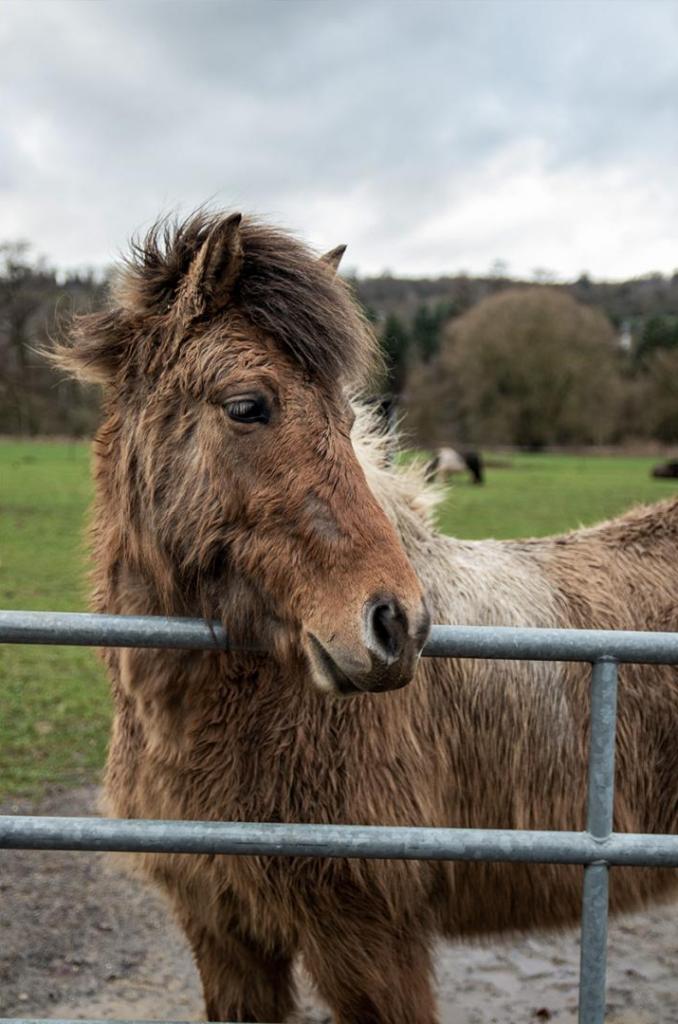
As the days get shorter, horses start to grow their coats as inbuilt insulation for when the cold weather comes on. If you are not turning your horse in it is very important to let him grow his hair. Make sure the hair does not get matted and if you have rugged him, groom frequently to remove dead skin and hair to prevent problems.
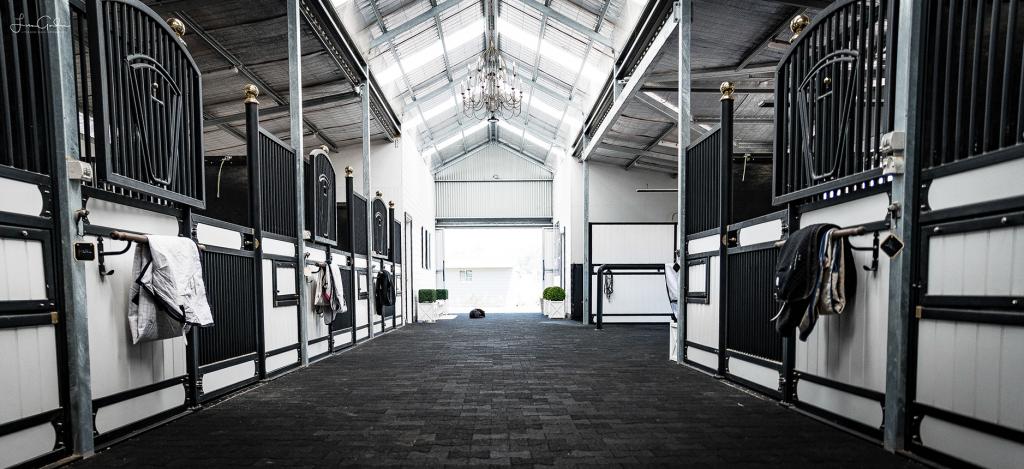
The best way to keep your horse dry and warm is to house him in a stable when the weather is unsavoury. If you are looking for a high-quality stable complex designed around you and your horse’s needs, Equinabuild can deliver a custom designed kit ready for private install or work with your choice of stable fit out provider to design, fabricate and construct the perfect space to enhance lives of you and your horse. Find out more about Equinabuild stables.
Horses that don’t have access to a stable should have some kind of shelter to take refuge in from the weather. This can be a horse shelter, shed or tree line out of the wind and rain. Healthy horses shouldn’t have any issue coping with low temperatures but will usually seek shelter if it is raining. Breeds with a fine coat such as Thoroughbreds and Standardbreds will feel wet and cold more often than others however, even horses with thick winter coats should have somewhere to get out of the weather.
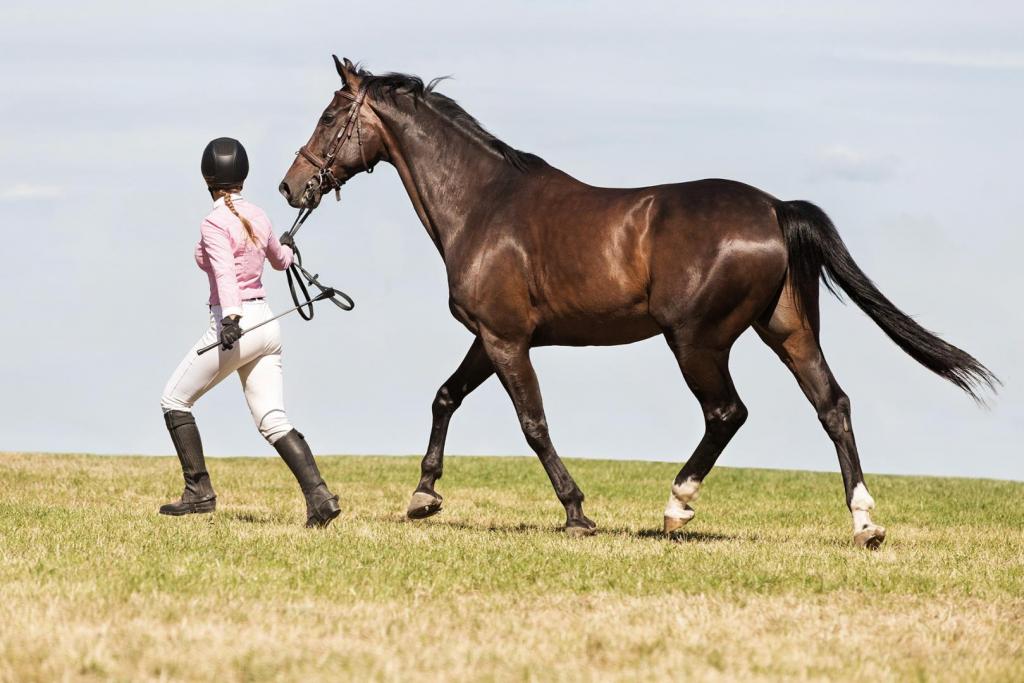
Warming up is important no matter the season but it is even more vital in colder weather. You should give your horse a full groom, walk and massage before warming up under saddle followed by a stretch. A routine like this can reduce the risk of muscle injuries and help avoid expensive vet bills.
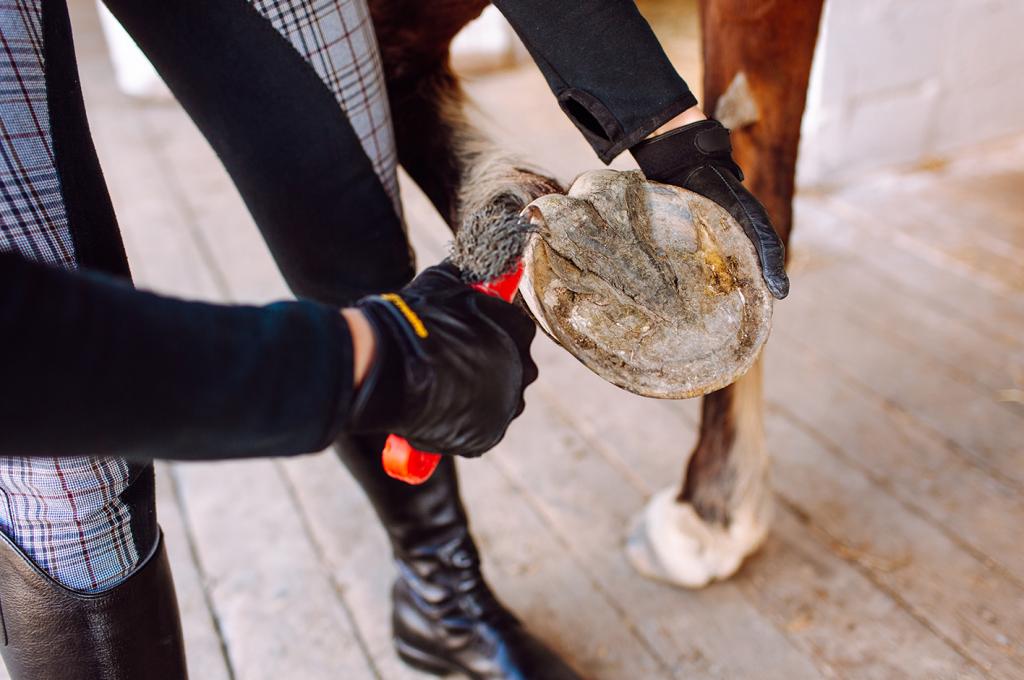
It is tempting to miss this part of horse care when it is muddy and cold but, cleaning horse’s hooves is more vital in winter than usual. When conditions are muddy and wet excessive hoof growth or splits can cause bacterial infections such as thrush or seedy toe. Shod horses should have their hooves trimmed around every four to six weeks regardless of whether the shoes are worn out or not. Barefoot horses need to have their hooves trimmed around every three to four weeks.
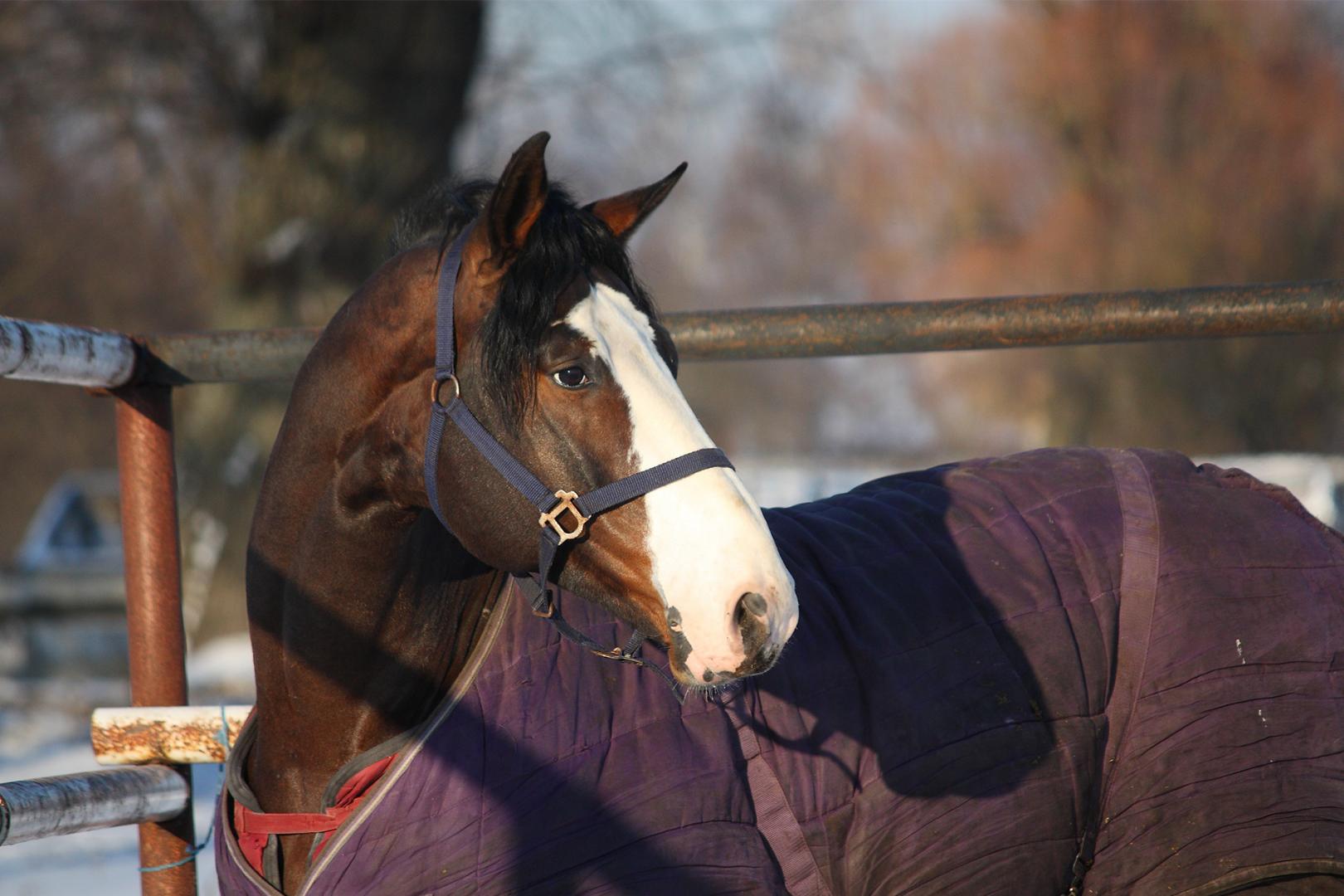
Winter is upon us once more and its just as freezing, dark and gloomy as ever. Although our winter conditions aren’t as harsh as some other countries...
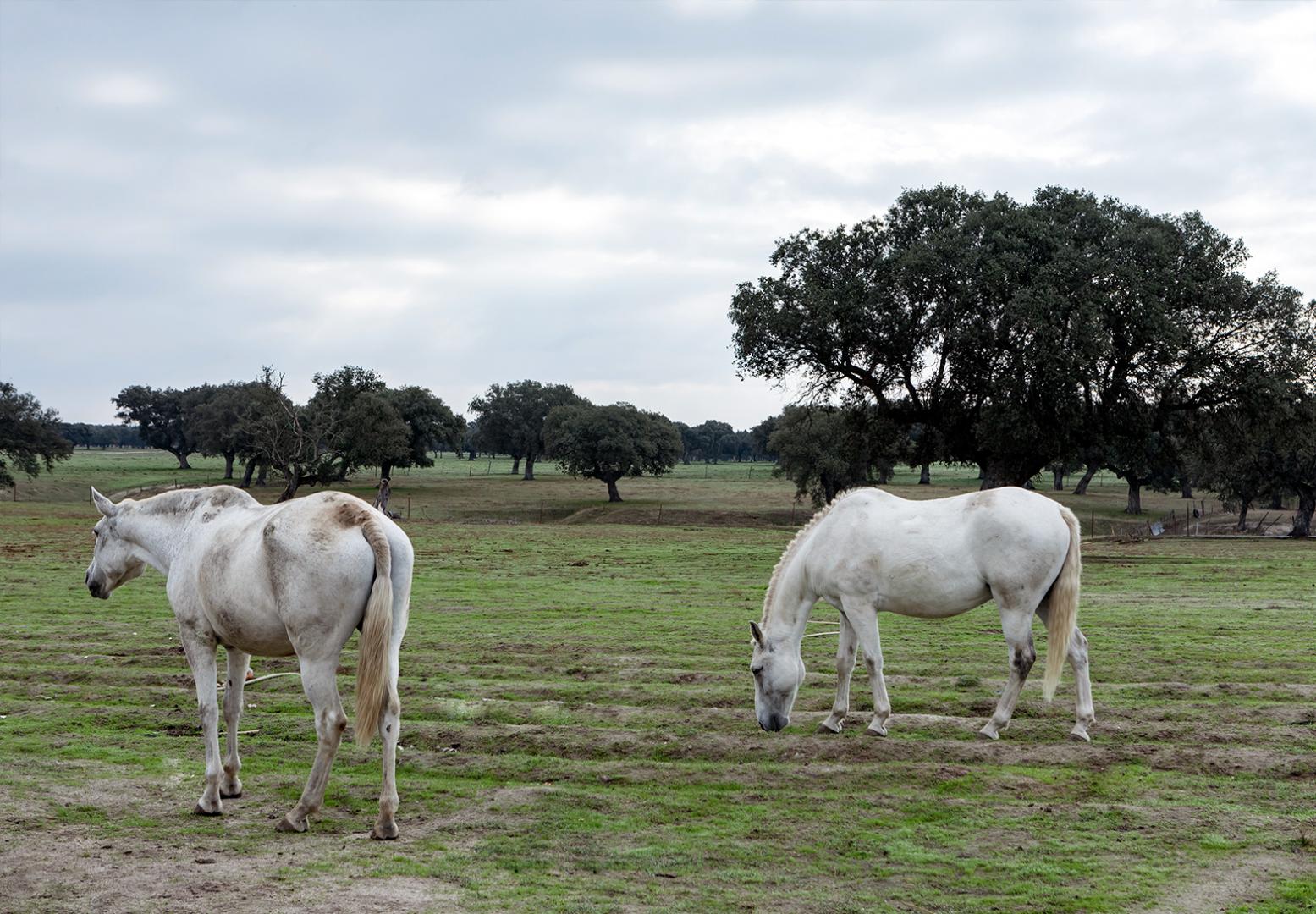
Managing mud Winter is upon us and with that come the challenges of owning a horse in the cold, wet weather including dealing with mud. We know that...
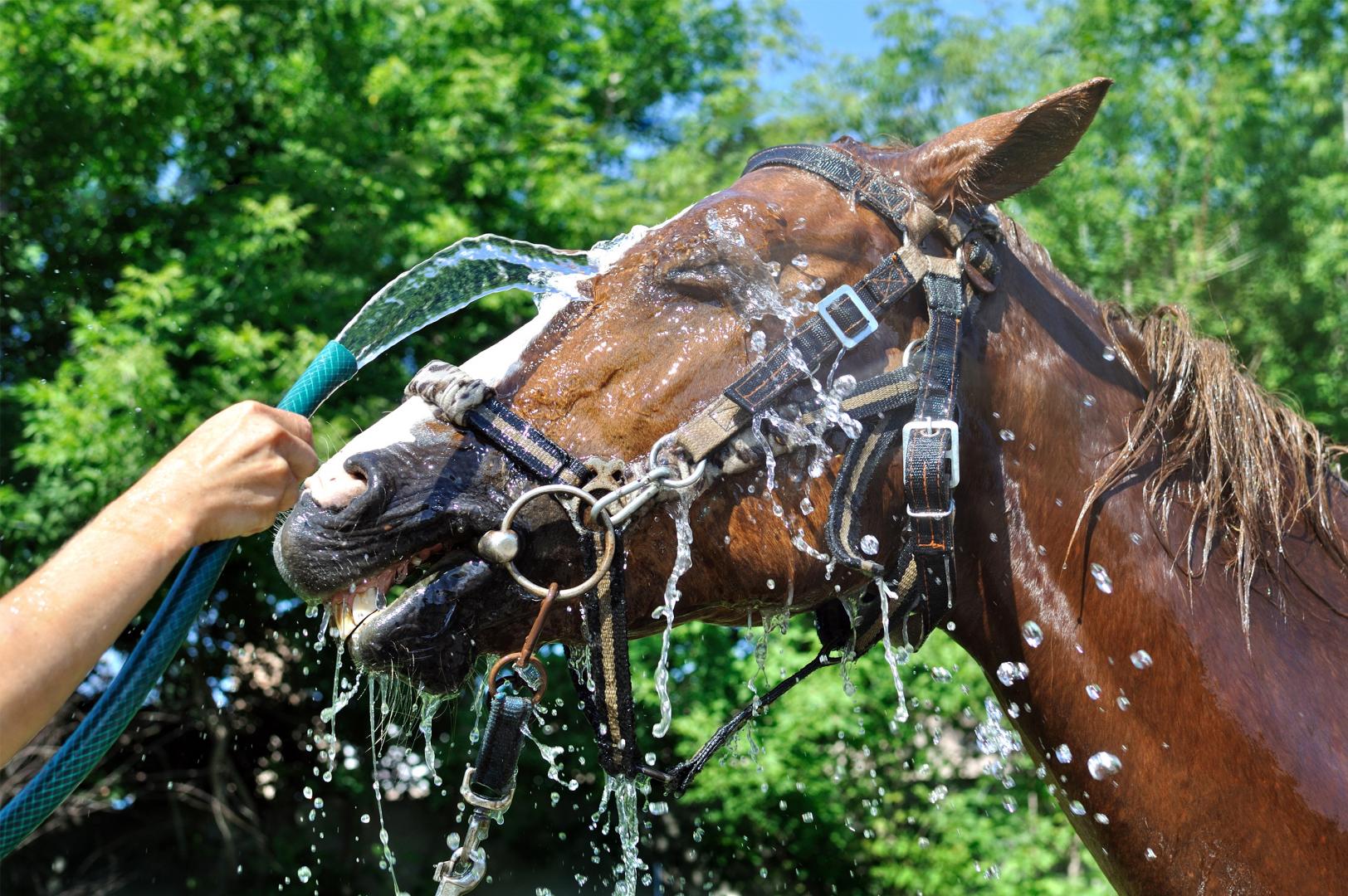
Horse cooling recommended by FEI Horses overall have evolved to cope with the cold far better than they do with the heat. Even while resting, high...